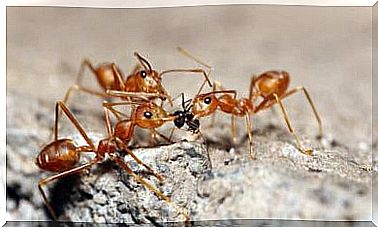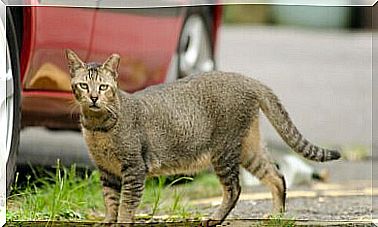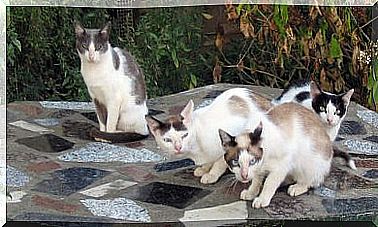What Are Mustelids?
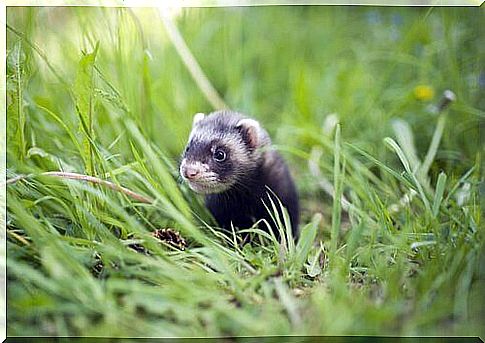
Mustelids are a very large family of carnivorous mammals made up of similar animals, but which can also have very different habits. Did you know that ferrets, weasels and otters are related? And that there is a kind of mustelid that looks like bears? In this article we will tell you everything you need to know about them.
General characteristics of mustelids
The mustelid family brings together many mammals that are different from each other, but have more in common than differences. For example, compared to their diet, they are all carnivores. Some are active hunters and others, more opportunistic, feed on carrion. But none are herbivores or omnivores.
The body of all mustelids is similar – they have short legs and an elongated body. They are covered with a profuse, shiny coat, usually brown or black in color. They have an elongated and broad nose, with small, rounded ears.
They use scent glands to scare enemies, mark territory, or communicate with each other. Each has five toes and walks without resting the sole of the foot. They can also count on sharp but non-retractable claws (such as those of cats).
Mustelids live all over the world, except in Antarctica and Australia. They can live in very different ecosystems: there are mustelids adapted to forests, snow and some even live on the banks of rivers or near some ocean.
Domestic mustelids
The ferret is one of the mustelids best known for being a pet today. They are small or medium in size: they weigh between half a kilo and two kilos and measure about 50 centimeters. Most ferrets are brown with a lighter shade face, while the ends are black. It is also possible to find completely white ferrets.
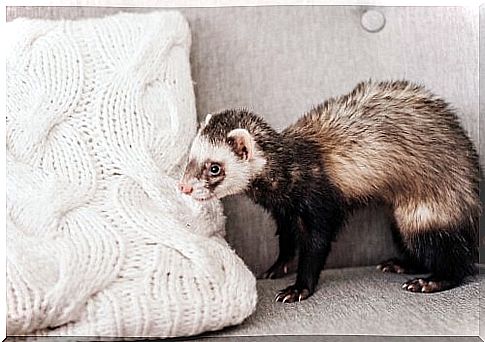
Ferrets are carnivores, but like other pets they usually feed on cat food, although there are also specific feeds and snacks for this species. They have crepuscular habits and, when they are not sleeping, they are very active and particularly curious animals.
Wild mustelids
Most mustelids maintain a wild nature. As they spread over almost the entire planet, there are many different species, so it is worth giving a few examples:
The common weasel has a very extensive habitat , as it is present in Europe, Asia, North America and even in North Africa. It is one of the smallest species of its family, as in some areas the specimens weigh as little as 200 grams.
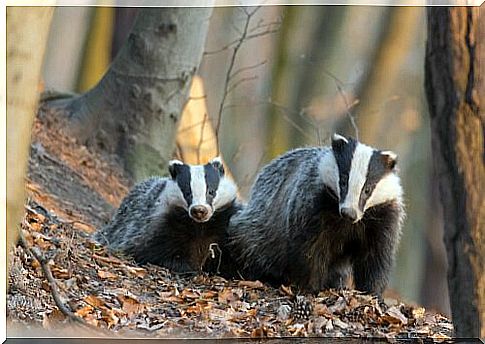
Conversely, the rate is larger. These animals have black and white stripes and live in Europe, although they also spread to the Arabian Peninsula. They weigh between 10 and 13 kilograms and have nocturnal habits. They are sociable in their kind: they live in groups, play a lot with each other and also collaborate in the care of their children.
The stoat is suitable for living in cold areas : its habitat extends from northern Europe to Asia, as well as Canada and Alaska. During the winter, the fur is white, and after thawing it turns brown. It is his method of blending in with the environment. They are very small, weighing only 300 grams.
The wolverine is the largest terrestrial mustelid in existence. It can reach 90 centimeters in length and weigh almost 20 kilograms. Its appearance is more reminiscent of a bear than a mustelid, but if you look closely, the similarities with the rest of its family are evident.

The wolverine lives in the cold areas of the Northern Hemisphere: in the boreal forests of Europe, Asia and the Americas, as well as in the alpine tundra. It is constantly on the lookout for prey to hunt, both day and night. It is an effective hunter, but it can devour carrion and does not hold back if it has to fight a bear for food.
Aquatic mustelids
Some animals in this family are dependent on aquatic or mixed habitats . This is the case of otters, which live in rivers and seas and need the presence of water to survive.
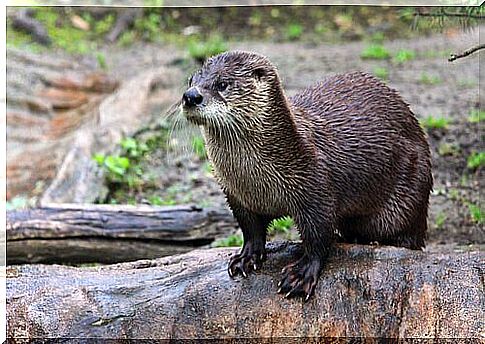
Among the otters, the best known is the river otter. It weighs around 11 kilograms and lives in almost all of Europe and Asia, as well as in North Africa. It has a very varied diet, consisting of crustaceans, frogs or fish.
However, the largest mustelid of all lives in South America: it is the giant otter. It is almost two meters long and can weigh around 40 kilograms. Living in the Amazon River forms small social groups and has diurnal habits.
